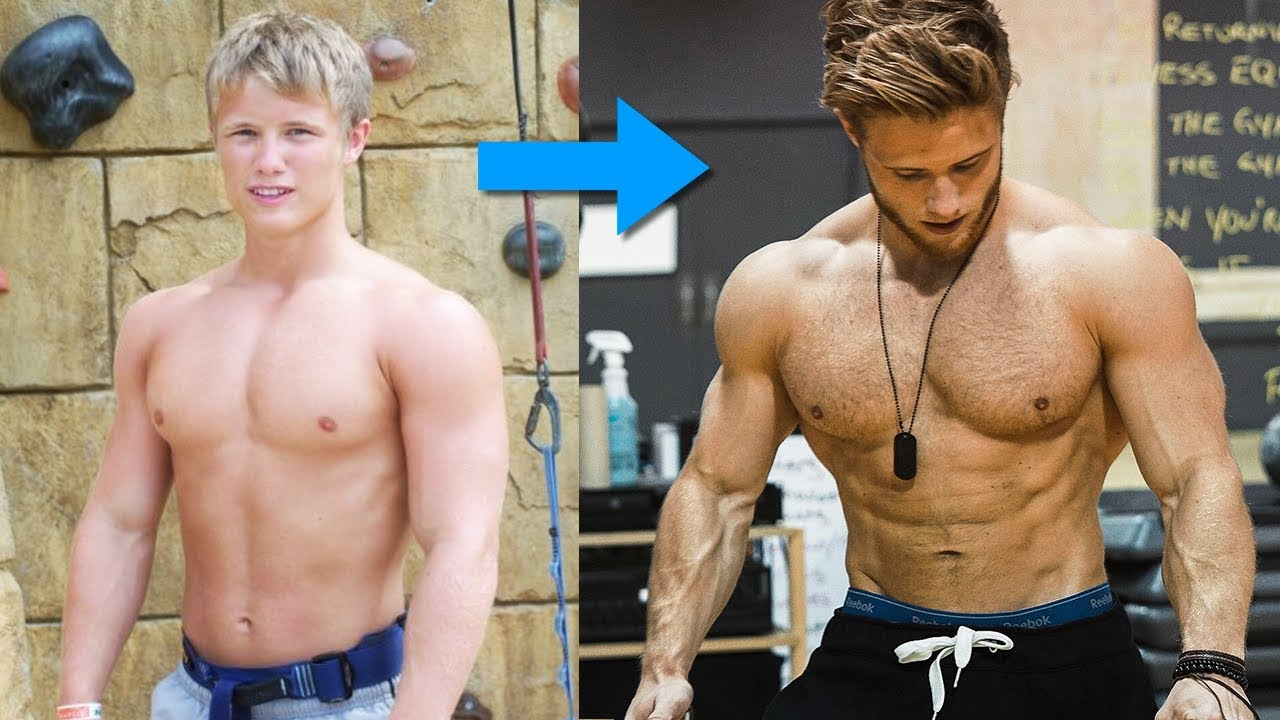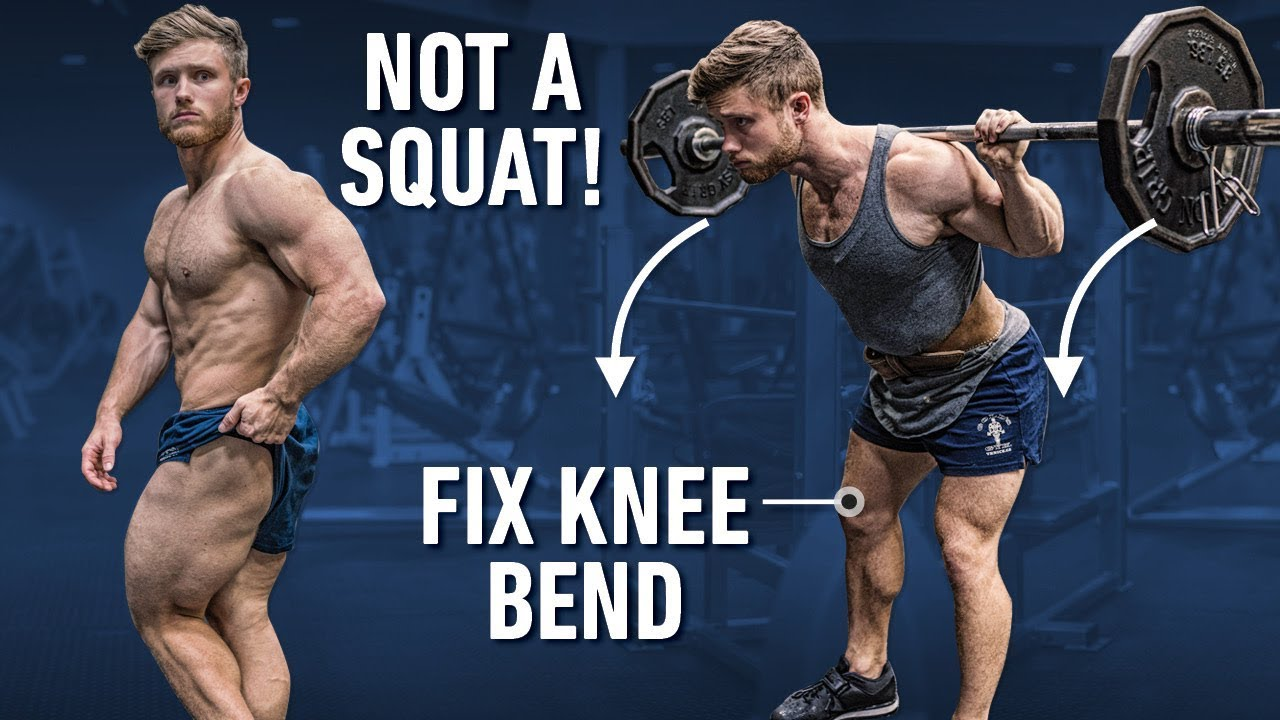Starting your fitness journey can feel overwhelming, especially with so much conflicting information online. After spending over two decades in bodybuilding coaching and nutrition consulting, I’ve worked with countless beginners who make the same mistakes I made when I first stepped into the gym. If someone had shared these lessons with me when I was a teenager, I would have saved years of trial and error.
Whether you’re a new lifter or returning after a long break, these seven key principles will help you train smarter, progress faster, and avoid the pitfalls that derail many beginners.
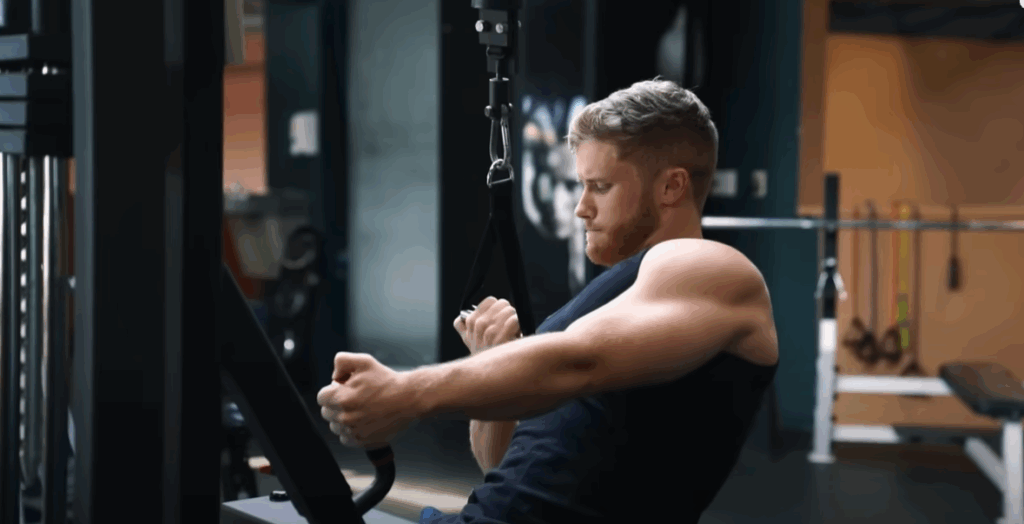
1. Stop Training to Impress Other People
One of the worst mistakes new lifters make is letting ego dictate their workouts. You’ve probably seen it: guys loading the bar with way more weight than they can control, half-squatting with shaky knees, or bouncing the barbell off their chest on the bench press. All this is done to “look strong” in front of friends or random people at the gym.
Here’s the truth: nobody cares how much weight you lift if your form is sloppy. Experienced lifters are far more impressed by precise technique than brute force. Poor movement patterns don’t just slow muscle growth—they also set you up for injuries and bad habits that are hard to fix later.
Your goal should be to lift with perfect form, progressively adding weight over time. Remember, bodybuilding and strength training are marathons, not sprints. Focus on building proper habits now, and you’ll thank yourself years down the road.
2. Muscle Building and Fat Loss Are Simpler Than You Think
If you spend too much time scrolling through fitness influencers, you might think you need complex training systems or secret “hacks” to build muscle. The reality? The basics work best, especially for beginners.
Here’s the formula in plain English:
- Lift with good form—mostly in the 6–12 rep range.
- Prioritize compound exercises (squats, deadlifts, presses, rows, pull-ups).
- Progressively overload by adding weight, reps, or improving technique over time.
- Eat enough protein (around 1.6–2.2g per kilogram of body weight).
- Adjust calories based on your goal: surplus for gaining muscle, deficit for losing fat.
- Be consistent and patient.
There’s nothing wrong with experimenting with different training methods, but remember—fancy techniques are just icing on the cake. Master the fundamentals first.
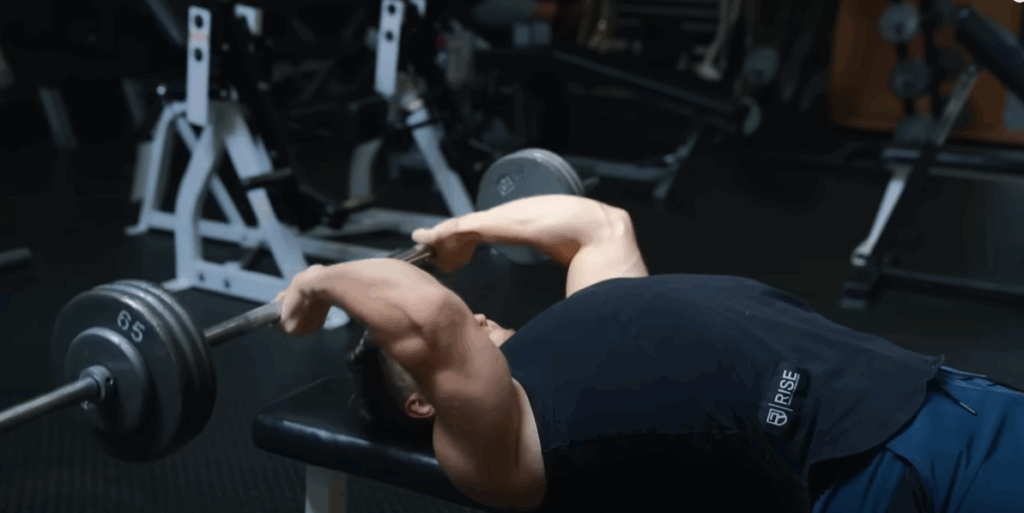
3. Genetics Matter, But They’re Not an Excuse
Many beginners get discouraged when they realize genetics play a huge role in how quickly you gain muscle or lose fat. But comparing yourself to elite athletes or influencers on social media is a losing game.
A research study on arm training showed that some people gained nearly 60% muscle growth in 12 weeks, while others saw almost no change—even though everyone followed the same program. This doesn’t mean you’re doomed if you progress slowly. It simply means you may need to experiment with different training styles, rep ranges, and recovery strategies to find what works best for you.
Focus on competing with your past self. Compare your current strength and physique to where you started—not to someone who’s been lifting for 10 years with superior genetics.
4. Don’t Judge Your Progress by the Mirror Every Day
When I first started lifting, I’d check my reflection in every possible mirror—bathroom, bedroom, gym—and get frustrated when I didn’t look as lean or muscular in different lighting. What I didn’t realize then is that lighting, time of day, hydration, and pump levels dramatically change how you look.
Instead of obsessing over daily changes, track progress with measurable methods:
- Take progress photos every 4–6 weeks in consistent lighting.
- Monitor bodyweight trends (weekly averages are more reliable than daily fluctuations).
- Track strength progression—if your lifts are improving, you’re likely gaining muscle, even if you can’t see it yet.
Patience pays off. Muscle growth and fat loss are long-term processes.
5. Track Your Training and Nutrition
One of the biggest accelerators for progress is being analytical. You don’t need to become a data-obsessed bodybuilder, but you should have at least a basic system to track your workouts and food intake.
Here’s why tracking works:
- A training log (notebook or app) helps you push for small improvements weekly—more weight, more reps, or better form.
- Recording your food intake ensures you’re eating enough protein and calories to match your goals.
You don’t have to track every single bite forever. Over time, you’ll learn to eyeball portion sizes and understand your body’s nutritional needs. But as a beginner, tracking gives you valuable feedback and prevents months of wasted effort from under-eating or overestimating your training intensity.
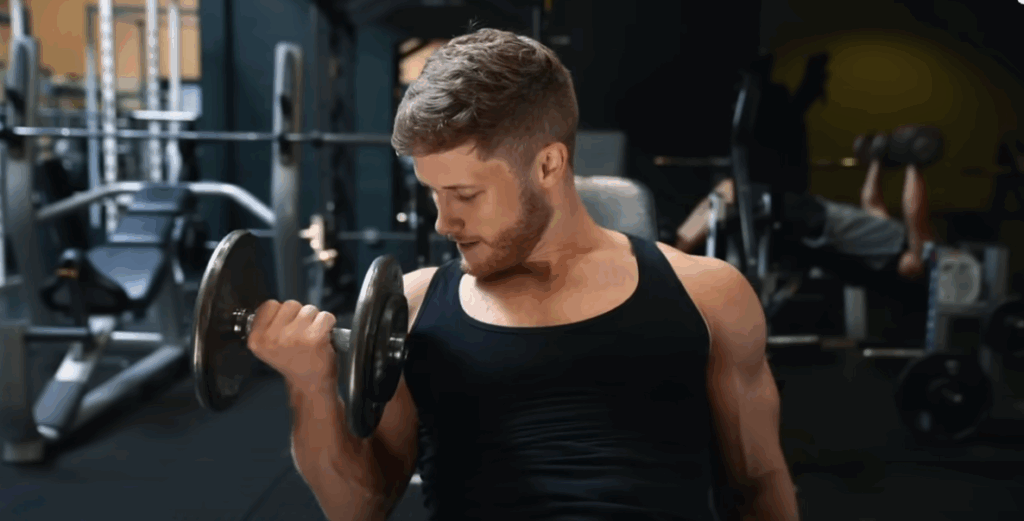
6. You Don’t Need Steroids to Look Great
Many beginners assume that achieving an impressive physique requires steroids. This belief not only discourages natural lifters but also tempts some to use performance-enhancing drugs far too early.
Here’s the reality: you can build a strong, muscular, and lean body naturally—but it takes time and consistency. Steroids may accelerate results, but they also carry serious physical and mental health risks, especially for young lifters. Worse, many who use them too early never learn proper training and nutrition habits, making them dependent on drugs for results.
If you’re serious about bodybuilding, push yourself to maximize your natural potential first. You’ll build better habits, appreciate your progress more, and avoid unnecessary risks.
7. Maximize Your “Newbie Gains” With Smart Training
Your first 6–18 months of consistent training are a golden window for muscle growth. Beginners can gain strength and size faster than at any other point in their lifting career, thanks to the body’s heightened adaptation response.
Unfortunately, many waste this phase focusing only on mirror muscles—chest, arms, and abs—while neglecting legs, back, and overall balance. This leads to a disproportionate physique that can take years to correct.
During your beginner phase:
- Train all major muscle groups evenly.
- Stick to structured full-body or push-pull-legs routines.
- Emphasize progressive overload and proper recovery.
You’ll never get your beginner phase back, so use it wisely. But don’t stress if everything isn’t perfect—consistency beats perfection over time.
Final Thoughts
If I could go back and talk to my younger self, I’d say this: master the basics, be patient, and stop comparing yourself to others. Training is a lifelong journey, and the habits you build early will determine your long-term success.
By focusing on proper technique, tracking progress, and staying consistent, you’ll be amazed at how far you can go naturally.


